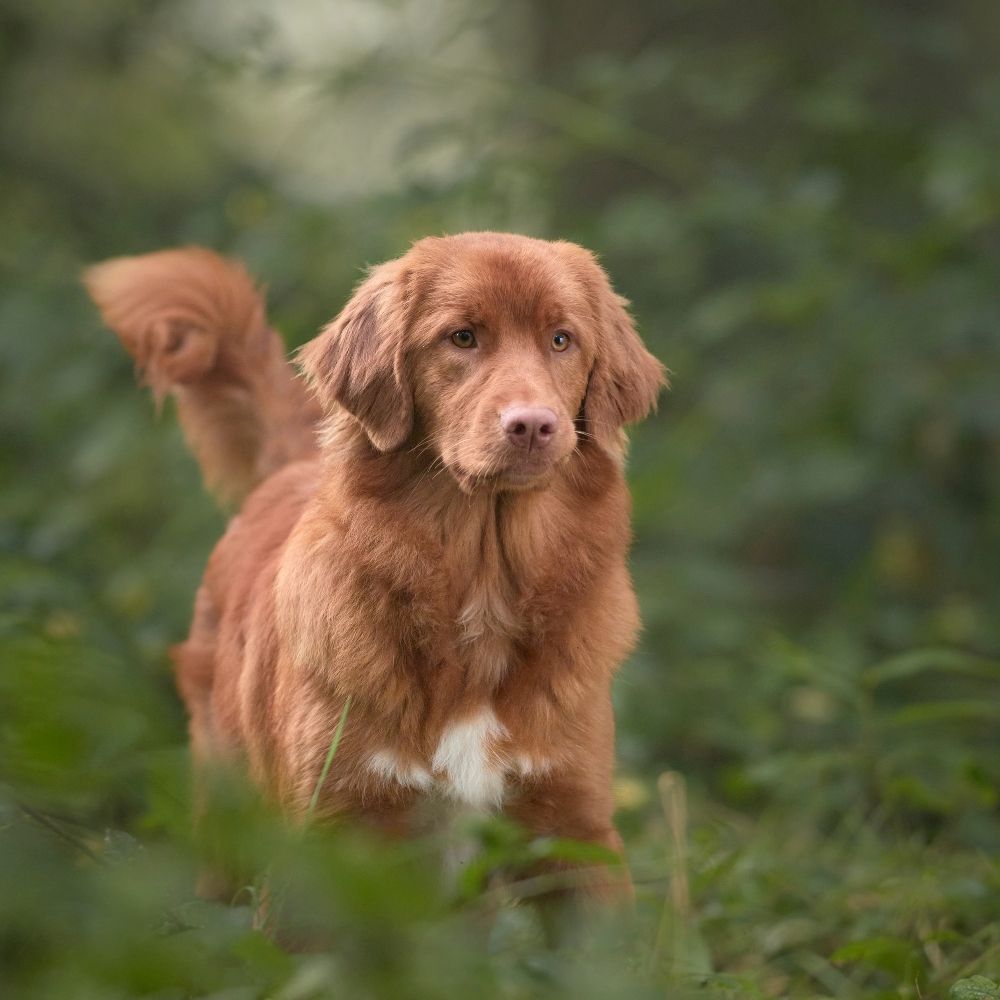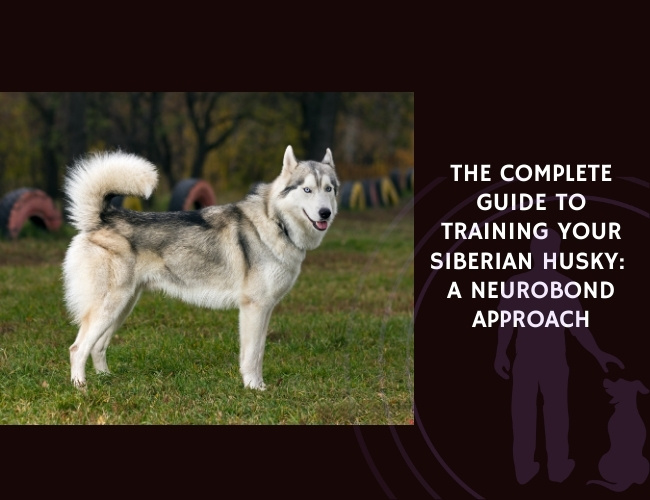Quick Facts about the Nova Scotia Duck Tolling Retriever
- Origin: Canada
- Weight: Males: 20–23 kg, Females: 17–20 kg
- Life expectancy: 12–14 years
- Coat Colour: Various shades of red or orange, often with white markings
- Breed Group: Sporting
Bright eyes, boundless energy, and a fiery red coat—the Nova Scotia Duck Tolling Retriever is built to work, play, and connect. The smallest of the retrievers, yet one of the most focused, this breed is a master of movement and emotional bonding.
Nova Scotia Duck Tolling Retriever History
Bred in the early 19th century in Nova Scotia, Canada, this retriever was designed for a unique hunting technique known as “tolling”—luring waterfowl within shooting range by playing along the shoreline. The breed is believed to descend from a mix of retrievers, spaniels, setters, and possibly farm collies.
Tollers were officially recognised in Canada in 1945 and internationally in the decades that followed. Their intelligence and versatility have made them valuable not only in hunting but also in dog sports and service work.

Nova Scotia Duck Tolling Retriever Temperament
Highly alert, intelligent, and driven, the Toller thrives on purpose and connection. It is known for its “soft” personality around family but shows high drive when working or playing. Its emotional range is wide—it can be joyful and intense within moments.
This breed learns quickly but may become bored without variety and engagement. Sensitive to tone and structure, it responds best to calm, confident training.
Note: Tollers have a distinct vocalisation called the “Toller scream”—a high-pitched sound often made during excitement or anticipation.
Health and wellness
Tollers are generally healthy but may be predisposed to autoimmune and neurological issues. Their active lifestyle and muscular build require high-quality nutrition and consistent exercise.
Responsible breeding is critical, particularly regarding immune-mediated diseases and eye health.
Significant problems:
Progressive retinal atrophy (PRA)
Addison’s disease
Collie eye anomaly (CEA)
Autoimmune thyroiditis
Hip dysplasia
Life expectancy: 12–14 years
🔍 Looking to go deeper into dog training?
Use these categories to explore targeted guides and articles on canine behavior, nutrition, obedience, entertainment, and more.








